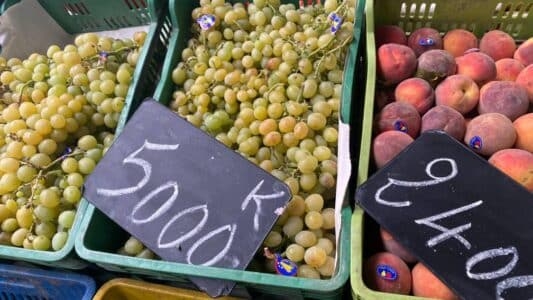According to the latest data published by the National Statistics Institute (INS), the inflation rate reached 5.2% in August 2025, against 5.3% in July. A modest withdrawal, but which intervenes in a context where the increase in prices continues to weigh on the purchasing power of Tunisian households.
A limited slowdown
InS explains this drop by a slowdown in the rate of prices evolution in two major consumer stations. The clothing and shoes group posted an increase of 8.9% against 9.1% in the previous month. Prices related to leisure and culture also experienced a slowdown, from 5.9% in July to 5.4% in August.
On the other hand, the increase in food prices, which remains the main component of the consumption basket, remains unchanged at 5.9%.
Purchase power under pressure and monetary vigilance
Even if the decline of 0.1 point may seem reassuring, inflation remains at a relatively high level. For households, this means that the cost of living continues to climb, especially on basic products.
Economists recall that the middle and popular classes are suffering full of this erosion of purchasing power, in particular in the face of food prices which represent a significant part of their expenses.
Since the beginning of 2025, the inflation rate in Tunisia has been evolving in a range that has been oscillating between 5% and 6%, mainly supplied by the rise in food prices and certain manufactured products.
The Central Bank of Tunisia (BCT), which has maintained its key rate for several months at 7.5%, closely follows prices. If the slowdown tendency is confirmed, it could loosen the pressure on monetary policy.








